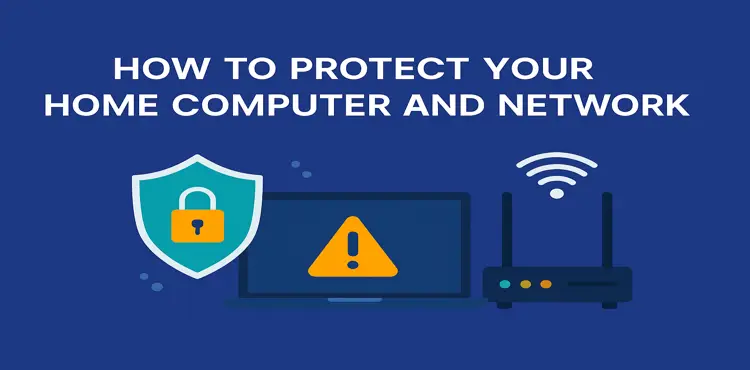Business Email Compromise (BEC): What It Is & How to Protect Your Business
Business Email Compromise (BEC) is a growing threat that targets companies of all sizes. With cybercriminals using sophisticated tactics like impersonation, social engineering, and email spoofing, BEC attacks are now one of the most financially damaging forms of cybercrime.
In this post, we’ll explore what BEC is, how these attacks work, and the top strategies your business can use to prevent email-based fraud and financial loss.
What Is Business Email Compromise?
Business Email Compromise is a cyberattack that involves the use of deceptive emails to trick employees into transferring funds or revealing sensitive information. These emails often impersonate company executives, vendors, or partners—making them extremely hard to detect.
Key Characteristics of BEC Attacks:
•Highly targeted and personalized
•Often contain no links or malware—just social engineering
•Usually involve a sense of urgency or confidentiality
How Business Email Compromise Works
Step 1: Reconnaissance
Attackers research your company online (LinkedIn, websites, press releases) to identify executives and employees with financial authority.
Step 2: Email Spoofing or Account Compromise
They either spoof a legitimate-looking email address or gain access to a real one through phishing.
Step 3: Social Engineering
A fake but convincing email is sent, requesting a wire transfer, invoice payment, or confidential data.
Step 4: Execution and Loss
Funds are transferred or sensitive data is shared before the fraud is discovered—often too late.
Common Types of BEC Attacks
CEO Fraud
The attacker impersonates a high-level executive (like the CEO or CFO) and instructs an employee to transfer funds quickly.
Vendor Email Compromise
Hackers pose as vendors or suppliers and send fake invoices with new banking details.
Attorney Impersonation
An attacker pretends to be a lawyer or legal rep handling a confidential matter, pressuring employees to act quickly.
Payroll or W-2 Fraud
Requests sent to HR to change employee direct deposit details or obtain W-2 tax forms for identity theft.
Real-World Impact of BEC
According to the FBI’s Internet Crime Complaint Center (IC3), Business Email Compromise led to over $2.7 billion in losses in 2022.
Notable BEC Incidents:
•Ubiquiti Networks: Lost $46.7 million in a BEC scheme.
•Toyota Boshoku: Transferred over $37 million to scammers impersonating business partners.
How to Prevent Business Email Compromise
1. Implement Multi-Factor Authentication (MFA)
Protect email accounts with MFA to reduce the risk of unauthorized access.
2. Train Employees to Spot Red Flags
Regular training and phishing simulations help employees recognize suspicious emails and avoid costly mistakes.
3. Use Email Security Tools
Adopt DMARC, SPF, and DKIM to prevent spoofing and authenticate your domain emails.
4. Verify Requests via a Second Channel
Always confirm fund transfer or sensitive requests via a phone call, especially when urgency is involved.
5. Set Up Approval Workflows
Use dual approval processes for high-risk actions like financial transfers or data access requests.
What to Do If You’re a Victim of BEC
1. Contact Your Bank Immediately
Initiate a recall of the transaction before it clears.
2. Report to the Authorities
File a report with the FBI’s IC3 or your local cybercrime unit.
3. Preserve Email Evidence
Save and document all emails, headers, and metadata involved in the attack.
4. Notify Affected Stakeholders
Inform clients, vendors, or employees if their data was involved.
Final Thoughts: Stay Vigilant, Stay Secure
Business Email Compromise is one of the most dangerous yet preventable cyber threats. By combining employee awareness, strong security protocols, and technical safeguards, your business can drastically reduce its risk.
The key is to educate, verify, and respond quickly.
🔐 Protect Your Business from BEC Attacks
Need help auditing your email security or training your team? Contact us today for a free BEC risk consultation and safeguard your organization from evolving threats.





